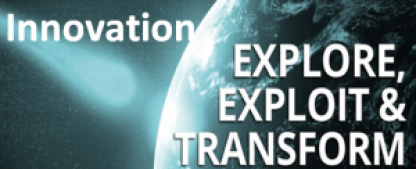Jeffrey Phillips and I are launching our fourth collaboration together, this time we are exploring innovation ecosystems and the growing impact they are having in the business world through their ‘conecting and collaborating difference’ that can lead to vastly different final customer experiences.
I just want to reaffirm what he has written on this, originally over on his site.
This is what he wrote:
Innovation, ecosystems, platforms and more
“I’m pleased to announce that Paul Hobcraft and I will be working together on a number of posts that relate to some discussions we’ve had about innovation, more specifically how innovation must evolve from creating interesting but incomplete solutions to understanding how customers want to have interesting, seamless experiences. Over the next few weeks we’ll be writing posts on a new shared website that examine the state of innovation, and provide a reason we think so many innovation outcomes fail to achieve their goals.
Continue reading “Innovation, ecosystems, platforms and the promise of more to come”









